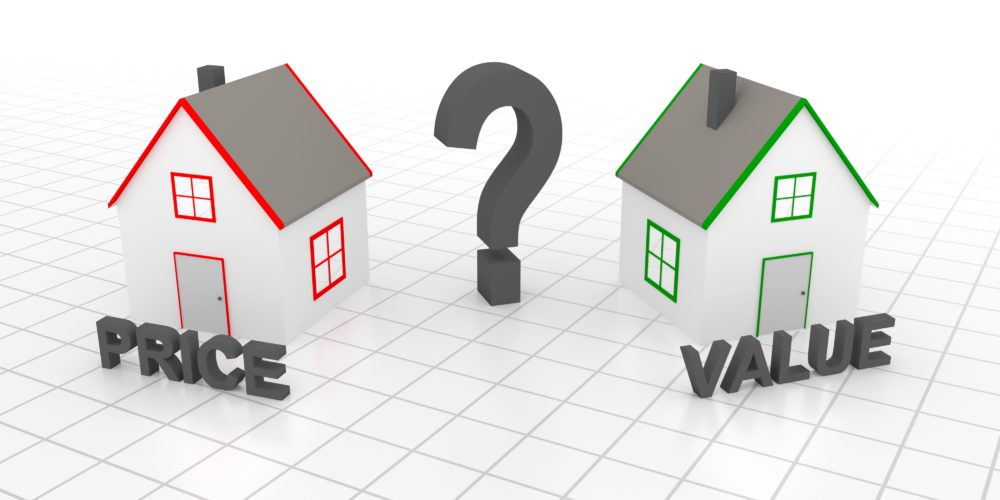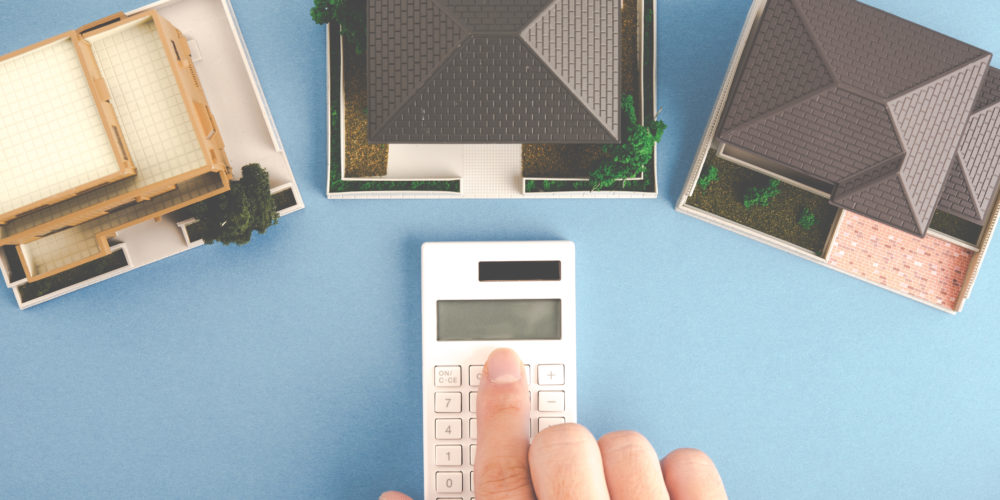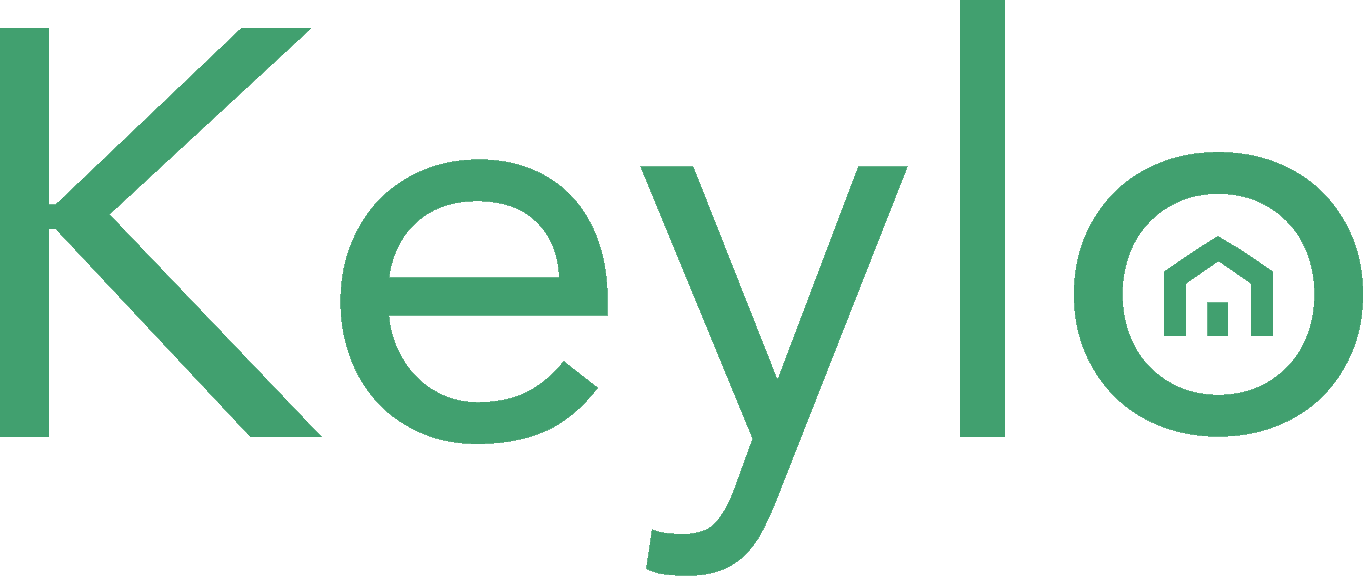31 Oct What is a Comparative Market Analysis?
You are thinking about making a bid on a house you found whilst shopping or listing your house on the market, but want to figure out the fair market value. You may have heard of a comparative market analysis before and what to do one, but have no idea where to start. We heard your questions and we are breaking it down for you here!
What is it?
A comparative Market Analysis – or CMA – is an evaluation of the market value for a specific property based on recent or historic sales, trends and values represented by homes of similar nature. This is typically used for both people looking to buy and sell a home. When you are shopping for a house it is ideal to look at home’s value to assess if you are getting bang for your buck or drastically over paying. Conversely, before you list your house, you should be appropriately evaluating the current market to price it effectively and ultimately get the most optimal sale.
Check out an example on Investopedia.com

The comparative market analysis differs from a professionally conducted appraisal in that an appraisal will set a value on the home defined by a predetermined set of criteria as opposed to a CMA that would give an objective value according to the current position of the market.
When doing a CMA, you would use the comparable criteria and make adjustments to accommodate unique features and aspects of your individual property. Perhaps you have a pool and a neighbor’s house does not or maybe a similar property recently renovated their kitchen and you have original fixtures. These things will affect the final price value consideration.
It is typically recommended that you use both a comparative market analysis and professional appraisal in tandem to efficiently price a home. Most real estate professionals will be able to assist you in finding the ultimate sweet spot to get an accurate property value.
How do you do a Comparative Market Analysis?
There are numerous online resources that will calculate a comparative market analysis using available online data such as; Honest Door, Zillow or our own online CMA tool (we are currently working on shiny new software that will make this process much more simple… but you will have to stay tuned for that).
While these online resources can give you a general idea, they are mostly just rough estimates. You will need to dive a lot deeper to get an accurate comparative market analysis, which becomes a lot easier with an experienced professional to guide you through the mountains of information. So, how do you actually calculate a comparative market analysis?
1. Look at the property
The first thing you need to do is assess the property itself to create a general outline that can be used for comparison. This will include the size of both the building and lot, construction age, number of bedrooms and bathrooms, amenities, features and any recent upgrades. You will also want to look at the community, including the proximity to shops, schools, transit, etc.
2. Comparables
Search homes that are approximately within a 5 km radius of the property to compare with. You will want to find at least 3 that are currently listed with specifications similar to what you summarized in the first step. The listing price may or may not determine the current property value depending on the housing market. In a sellers market, you can expect the prices to be inflated where a buyers market can deflate prices.

In addition, you should look at a handful of homes that have recently sold in the same area to add to your list of comparables. Houses that have sold within the last 3 month will be a more accurate depiction of their respective market value. Looking at pending and expired listings will also be valuable information to find the appropriate value in your comparative market analysis – pending houses are an insight into the current market trends and expired listings may mean that property was priced too high.
When finding houses to use in your comparative market analysis, be careful to include as many similar criteria components as possible – it goes without saying that the more similar the houses, the more relevant the data will be. If you are calculating a CMA for a townhouse, only look at other townhouses. Look at properties that have equivalent lot and floor sizes – you cannot reasonably compare a 1,500 square foot home to one that is hundreds of square feet larger. This same logic applies to rooms, age and all other specific amenities.
3. Adjust the value
No two properties are exactly the same, unless you are living in cookie cutter suburbia, which means you may need to make adjustments to the number derived from your comparables. Consider other factors that may change the market value of the property you are assessing. Elements that might increase value can include renovations, new appliances, additions, and landscaping. In comparison, elements that could decrease value may be lack thereof any of the previously listed, structural damage, undesirable curb appeal or missing amenities.
It is also necessary to access any information about the house that may be pertinent to a valuation. Pull any relevant building permits, tax information and look at the complete sold history. These may affect this individual home’s market value. The City of Edmonton website can help you locate some assessment information.

4. Determine the condition
Inspect the property thoroughly in it’s entirety to establish the overall condition. You can walk through yourself to get a general idea or get a professional opinion. Contracting a professional appraiser or a home inspector will out exactly what the current health of the home looks like and give you more comparable data to use. The information you receive from either an inspection or appraisal will be applied best when working in tandem with your comparative market analysis research to find the most appropriate current market value.
Comparative Market Analysis
Outline the approximate value of the house you are assessing by consolidating the results you collected in your research. Compile the data from all of the comparables you located and reference the rest of the information accumulated that is impactful to make a reasonable rough number. For a bit more accuracy, you can divide the cost of the comparable houses by their square footage to get a cost per square foot, which can then be translated into a formula to calculate your total amount.

Through all of this, you can appropriately determine a reasonable estimate of a homes value by conducting a comparative market analysis. With all of that said, it is always recommended that you request help and information from a professional when dealing with such a large price evaluation. An experienced agent can guide you through this process and utilize their years of knowledge and awareness of market trends to find an amount that will accommodate all of these moving parts. If you are looking for a hand, as always, we are happy to help!




Sorry, the comment form is closed at this time.